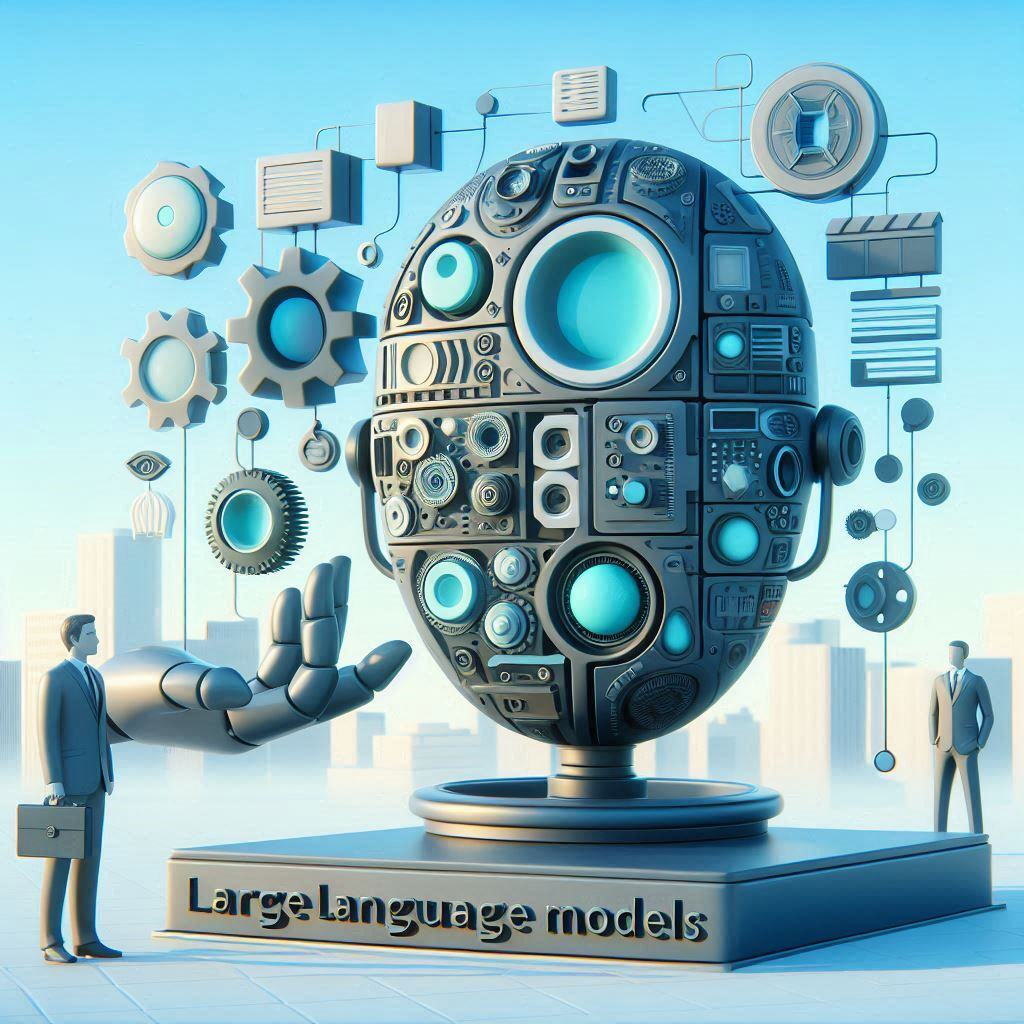Meet Integrail’s Agentic AI at AWS re:Invent 2024 in Las Vegas!
This December, we’re bringing Agentic AI to the AWS re:Invent stage with immersive experiences, exclusive giveaways, and powerful demos. Join us to...
Introduction into LLMs (large language models), such as ChatGPT from OpenAI, their architecture, RAG (retrieval augmented generation), and multi-agent AI.
In recent years, the rise of ChatGPT has captured global attention, with many leveraging it for various tasks and some exploring alternatives from tech giants like Google and Facebook. However, what is often overlooked is that ChatGPT or any other large language model (LLM) is not a standalone AI solution. These models are akin to microchips in a computer—essential components, yet requiring integration with various other LLM-based agents and external APIs to function as a truly useful AI assistant.
| At Integrail, we have spent over three years experimenting with LLMs, refining numerous approaches. Today, we are excited to share our insights and best practices to help you build effective AI agents for personal or business use. |
An LLM, including those labeled as “multi-modal,” is fundamentally an artificial neural network (ANN) with a transformer architecture. It processes a sequence of characters and predicts the next symbol (or token) probabilistically based on its training data. While this mechanism is surprisingly effective, it has significant limitations.

To make LLMs truly useful, additional elements are essential:

Another key point is that you are not forced to use OpenAI models for all of your tasks. In fact, on some specialized tasks (such as ubiquitous entity extraction, which you need for pretty much any multi-agent system) much smaller fine-tuned Llama-7B model outperforms GPT-4!

In our tools, we provide easy ways to compare performance across the most popular models, e.g. the screenshot above shows a typical entity extraction in JSON task execution by 5 different models in parallel.
To understand the concept of a multi-agent system, let's consider the task of creating a comprehensive analytics report on the USA economy. This task requires far more than a single query to ChatGPT. A functional AI assistant needs to:
All of it is possible, but using multi-agent architecture, where each subtask is being executed by a specific agent, based on an LLM or other ANN with additional ability to call external APIs (e.g., for web search or converting html text to something more readable etc.).
That is exactly what we do at integrail.ai — next time we’ll dive deep into specific AI multi-agents design and how easy it is to do using our platform, but for now you are welcome to register and start playing! Oh, and while we are in beta, everything is FREE! :)

This December, we’re bringing Agentic AI to the AWS re:Invent stage with immersive experiences, exclusive giveaways, and powerful demos. Join us to...

Large Language Models (LLMs) like GPT-4 have changed the way we think about artificial intelligence. While they started by handling text, they’ve now...

Large Language Models (LLMs) have emerged as powerful tools for creating conversational agents. At Integrail, our Agentic AI Tutorials are designed...
Start your journey with Integrail

Try AI Studio by Integrail FREE and start building AI applications without coding.

NEW White Paper: Discover how AI Studio accelerates your workflows